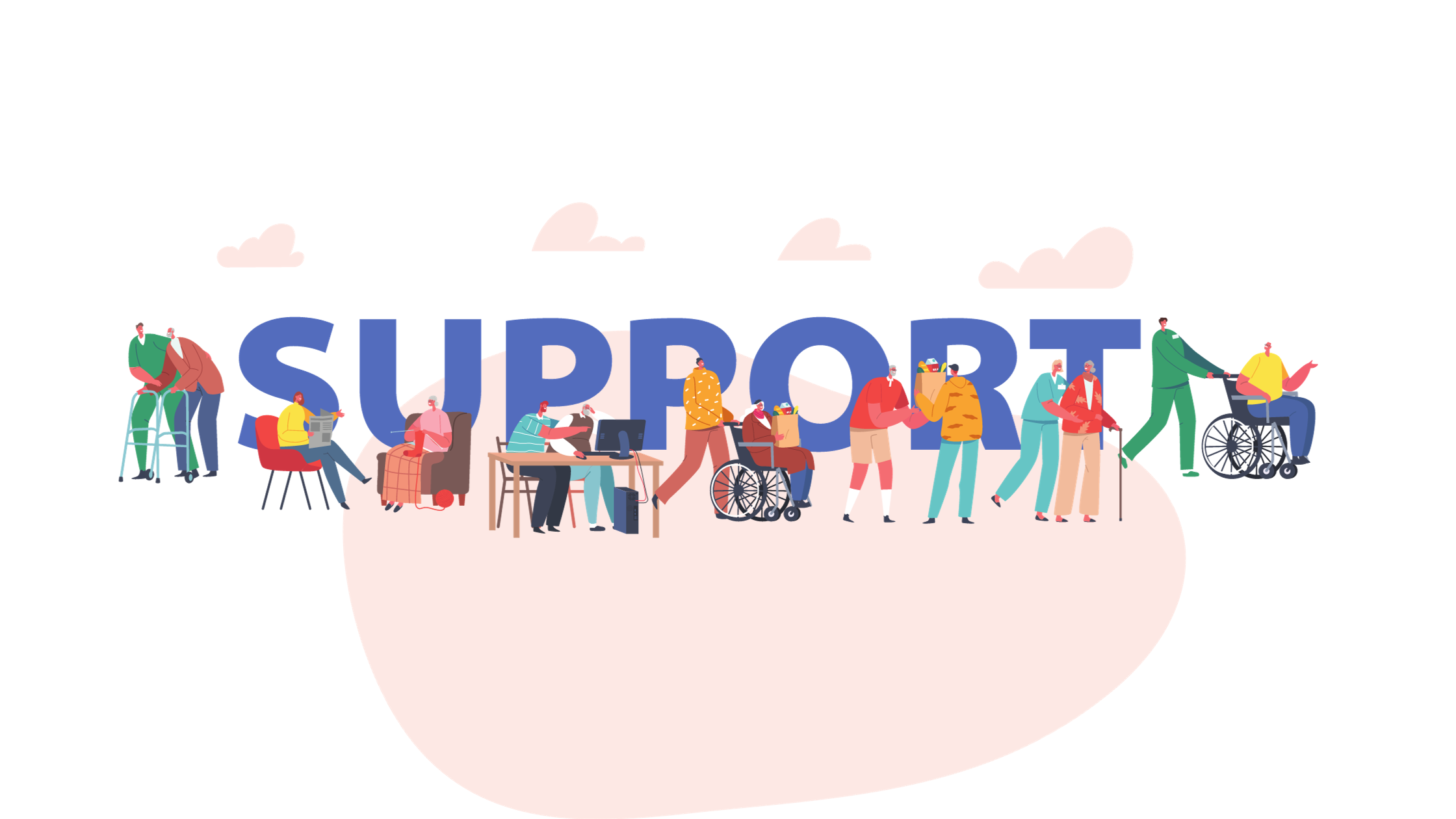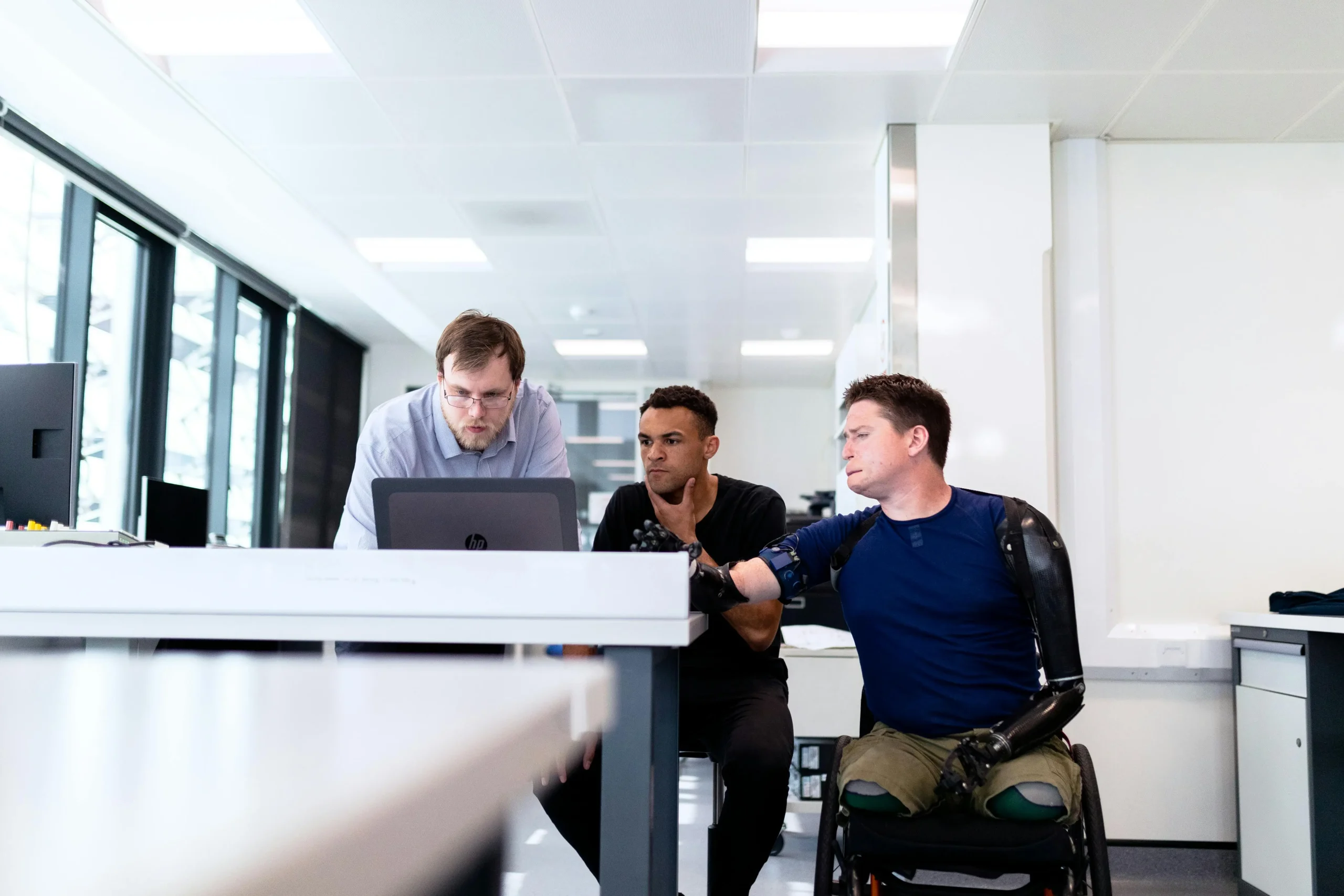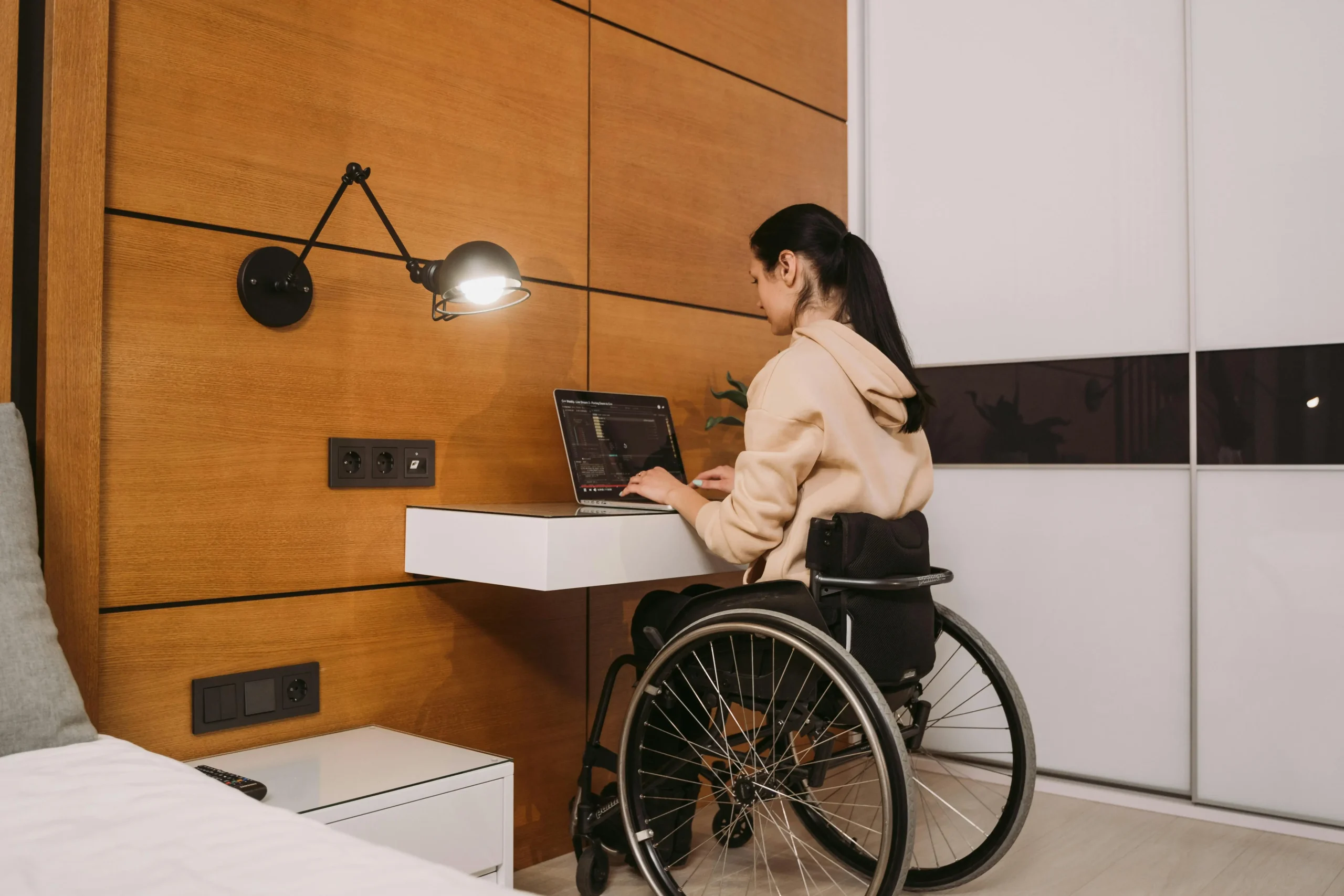Beyond the Stereotypes: Debunking Myths About Disabled Employees

As attitudes towards disability in the workplace change and evolve, it’s important to recognize that there are many myths associated with hiring disabled employees. These misconceptions not only can have a negative impact on potential recruitment efforts but also fail to capture the unique contributions they could bring to any organization. In this blog post, we’ll dive into why these stereotypes are harmful and what employers need to look for instead when considering new hires who happen to have disabilities. From learning about how disabled employees may require certain accommodations in order for them to be successful members of your team to debunking myths like “they cost more than regular hires,” we’ll explore exactly why making your workforce inclusive is hugely beneficial. Get ready – let’s go beyond the stereotypes!
Introduce the Stereotypes and Misconceptions Regarding Disabled Employees
The world can be a challenging place for people with disabilities. One of the biggest challenges that they face is overcoming the stereotypes and misconceptions that many people hold about them. Some people believe that disabled employees are not as productive as their able-bodied counterparts, while others assume that they are a liability that employers can’t afford. The truth is that these stereotypes are often unfounded and unfair. Workers with disabilities bring a range of valuable skills and unique perspectives to the workplace. By breaking down these stereotypes and challenging misconceptions, we can create a more inclusive and equitable working environment for everyone.
Outline the Benefits of Employing Disabled Individuals
The benefits of employing disabled individuals are numerous and often overlooked. Not only does it promote a diverse and inclusive workplace culture, but it can also improve employee morale and productivity. Disabled individuals typically have unique problem-solving skills and are adept at adjusting to unpredictable situations – qualities that are highly valued in the modern workplace. Additionally, hiring disabled workers can provide tax incentives for employers and give companies access to a wider pool of potential talent. Ultimately, embracing people with disabilities can lead to a more compassionate and socially responsible corporate culture while simultaneously yielding tangible business benefits.
Examine Strategies to Accommodate Different Abilities in the Workplace
In today’s diverse workplace, accommodating different abilities is more important than ever. It’s crucial to recognize that each individual brings unique skills and strengths to the team, and it’s our responsibility as employers to ensure that everyone’s talents are utilized to their full potential. One strategy to accommodate different abilities is to provide training and resources that can help employees improve their skills and overcome any challenges they may face. Additionally, creating a flexible work environment that promotes collaboration and communication can also be effective in accommodating various abilities. By embracing diversity and implementing these strategies, companies can create a thriving workplace where every employee can contribute and succeed.

Highlight Examples of Successful Businesses Utilizing Disabled Employees
In today’s world, diversity and inclusivity are the keys to success. And some businesses are taking it to the next level by highlighting the abilities of their disabled employees. The notion that a disability inhibits one’s ability to work efficiently is being debunked every day. In fact, many businesses, big and small, now hire people with disabilities and have experienced impressive results. These employees bring a unique set of skills, diverse perspectives, and fresh energy to the workplace. Amongst the success stories, Microsoft stands out with the inclusion of diversity as a prime focus in their company culture. They have multiple programs designed to engage and train people with disabilities for roles that suit their skill set. Walgreens is another multi-national company that uses its employees with disabilities as brand ambassadors, training them thoroughly and placing them in essential roles. These are just a few examples of great businesses flourishing with disabled employees, proving that inclusivity is the key to a successful future.
Showcase Existing Support Structures for Employers Working with Disabled Staff
As our society becomes more inclusive, it is essential to showcase existing support structures for employers who work with disabled staff. There are numerous resources available to help employers create a positive and inclusive workplace environment for individuals with disabilities. These support structures range from accommodations such as assistive technology and flexible work schedules to training programs that provide disability awareness education to management and staff. By utilizing these resources, employers can not only ensure compliance with disability laws but also create an environment that fosters diversity and encourages the full participation of all employees. It is time to break down barriers and embrace the talents and skills of individuals with disabilities in the workforce.
Outline Potential Challenges and Solutions Organizations May Face When Hiring Disabilities Staff
When it comes to hiring employees with disabilities, there can be a number of unique challenges and considerations that organizations need to take into account. For starters, there may be physical accessibility issues that need to be addressed in order to ensure that the workplace is safe and accommodating for all employees. Additionally, organizations may need to invest in specialized equipment or tools in order to provide employees with the necessary support they need to thrive on the job. But beyond these logistical concerns, there can also be cultural and attitudinal barriers that organizations must work to overcome in order to create an inclusive and supportive work environment for employees with disabilities. Fortunately, there are a variety of solutions and resources available to help organizations navigate these challenges and reap the benefits of a diverse and talented workforce. So, organizations must embrace inclusivity and diversity to build a stronger and more productive workplace.
Discuss What We Can All Do To Help Support an Inclusive Work Environment
Creating an inclusive work environment isn’t something that falls into place on its own. It requires conscious effort and a positive attitude from everyone involved. The first step is to recognize that everyone has a unique perspective to bring to the table. Encourage open communication to hear and consider those diverse viewpoints. Actively seek out ways to make everyone feel included and valued. Simple things like making sure all voices are heard during meetings, celebrating different cultural traditions, or even just asking someone about their weekend can make all the difference. It’s important to keep in mind that diverse backgrounds and experiences can contribute to a more creative and successful team. By fostering an inclusive environment, everyone benefits, and the organization as a whole can thrive.
Conclusion
These examples from various industries demonstrate that disability employment is not only achievable but also beneficial for organizations and society as a whole. As industries embrace diversity and inclusivity, they tap into a wealth of talent and innovation. By continuing to break down barriers and fostering a culture of inclusion, we can create a future where every individual, regardless of their abilities, has the opportunity to thrive in their chosen industry, making our workplaces and communities richer and more vibrant.
FAQ
Q. What industries are actively promoting disability employment?
A. Industries actively promoting disability employment include technology, healthcare, hospitality and tourism, arts and entertainment, manufacturing, finance, banking, and education, among others.
Q: How do technology companies ensure accessibility in their workforce?
A: Technology companies prioritize accessibility by offering roles in software development, user experience design, and accessibility testing. They often provide assistive technology and accommodations to support employees with disabilities.
Q: Are there specific initiatives in healthcare for hiring individuals with disabilities?
A: Yes, healthcare institutions are launching initiatives to hire individuals with disabilities, including nurses, doctors, therapists, and administrative staff. These initiatives aim to provide inclusive patient care.
Q: How can the arts and entertainment industry improve disability representation?
A: The arts and entertainment industry can improve disability representation by casting actors with disabilities in diverse roles and producing content that accurately portrays disability experiences.
Q: What benefits do manufacturing companies gain from disability inclusion?
A: Manufacturing companies benefit from disability inclusion through increased productivity, improved employee morale, and the diverse skills and perspectives individuals with disabilities bring to the factory floor.













